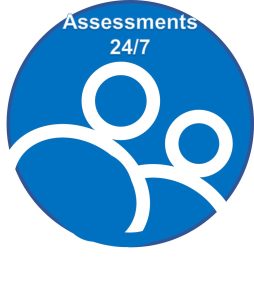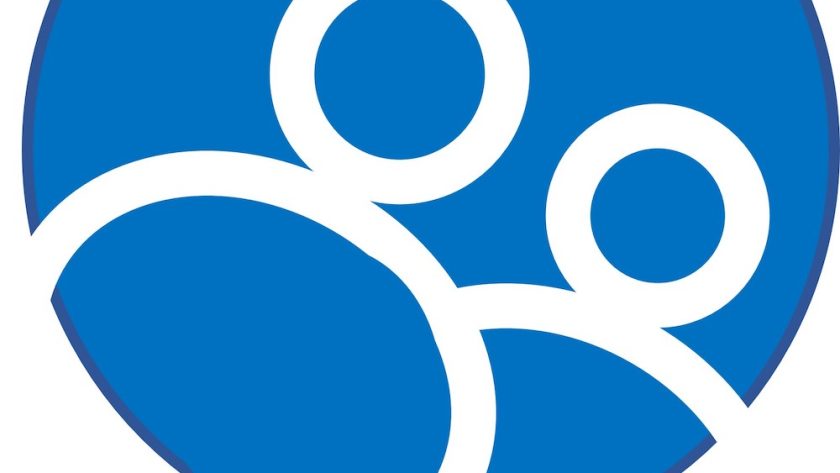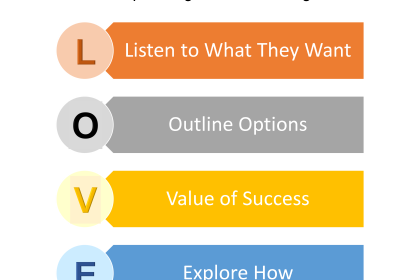Published with Permission from Assessments 24/7.
This is a Monday blog series; our regular coaching blog will be published on Thursday’s.

This blogs series has explored DISC styles, working with and adapting to each, and how to develop and work with people based on their DISC style. Following are tips for maintaining rapport when confirming with and assuring each of the DISC styles.
Maintaining rapport in the confirming stage – how to confirm with:
Dominance – High “D” Style
- With “D’s”, you come right out and ask if they are interested. A “D” will often tell you “yes” or “no”.
- You can easily lose the attention and/or interest of a “D” by presenting your information too slowly or by spending too much time DISCussing minute details.
- When you draw up a commitment letter, don’t spend too much time on points the “D” may not care about.
- Present them with options and probable outcomes. “D’s” like to balance quality with cost considerations, so offer options with supporting evidence and leave the final decision to them.
- We have found that it is effective to present a “D” with two or three options. Provide a short summation of each option, along with your recommendation of each.
- While the “D” is reviewing your proposal, don’t interrupt them. The odds are high that they will find an option that appeals to them and closing the deal themselves.
Influence – High “I” Style
- Show how your product would increase the “I’s” prestige, image, or recognition.
- Be open and ask, “Where do we go from here?” or “What’s our next step?”
- If they like something, they buy it on the spot (all other things being equal).
- You may have to slow them down because they also tend to overbuy and/or buy before weighing all the ramifications; behaviors that both of you may live to regret.
- “I’s” dislike paperwork and details so they are likely to hesitate, and even procrastinate, when it comes to spending the time required on a contract.
- Have a written agreement prepared due to their tendency to be unclear about procedures, responsibilities, and expectations.
- Make sure that you agree on the specifics in writing or, later on, you can almost bet on some degree of misunderstanding and/or disappointment.
Steadiness – High “S” Style
- “S’s” are slower, deductive decision-makers who listen to the opinions of others and take the time to solicit those opinions before deciding. So, make a specific action plan and provide personal guidance, direction, or assurance as required for pursuing the safest, most practical course to follow. Arm them with literature, case studies, and any documentation available, because they’ll be “selling” your proposal to others within their organization.
- When you do reach an agreement, carefully explore any potential areas of misunderstanding or dissatisfaction.
- “S’s” like guarantees that new actions will involve a minimum risk, so offer assurances and support.
- Try not to rush them, but do provide gentle, helpful nudges to help them decide (when needed).
- Involve them by personalizing the plan and showing how it will directly benefit them and others.
- When asking for a commitment, guide them toward a choice if they seem indecisive.
Conscientious – High “C” Style
- Emphasize accuracy, value, quality, and reliability.
- Provide logical options with appropriate documentation and time to analyze their options.
- They’re uncomfortable with snap decisions and when they say they will think about it, they mean it!
- If pressured by people or excessive demands, they may use “I’ll think about it,” as a stalling tactic.
- “C’s” are educated, logical, comparative “shoppers.” Know your competition so you can point out your advantages relative to the competition in a factual, professional way. Mention your company’s strengths as you suggest questions, they may want to ask your competitors that will allow them to do a comparative cost-benefit analysis of the options and solutions.
- Be willing to explore the subject of a conditional, “pilot program” as a way of reducing their risk.
Maintaining rapport in the assuring stage – how to assure:
Dominance – High “D” Style
- “D’s” usually do not look for personal relationships at work due to their focus on accomplishing tasks.
- With “D’s,” do not rely on past sales to ensure future purchases. Follow up to find out if they have any complaints or problems with your product. If they do have complaints, address them immediately.
- Impress upon your customer your intent to stand behind your product or service.
- Stress that you will follow-up without taking much of their time.
- You may also want to offer a money-back guarantee.
- Whatever the promise, make sure you deliver everything you offer!
Influence – High “I” Style
- “I’s” frequently buy before they’re sold which may lead to buyers’ remorse.
- “I’s” can benefit from ongoing reminders that they have made the right decision.
- Reinforce their decision by giving plenty of assistance immediately after the sale.
- Be certain they actually use your product, or they may get frustrated from incorrect usage and either put it away or return it for a refund.
- Since they mingle with so many people, you can even ask “I’s” if they’d be willing to share their glowing testimonials about you and your product with others.
- If they are feeling smart for using your product or service, most “I’s” will give you more referrals than the other three styles combined!
Steadiness – High “S” Style
- Follow-up consistently with an “S”.
- Give them your personal guarantee that you will remain in touch, keep things running smoothly, and be available on an “as needed” basis.
- “S’s” like to think they have a special relationship with you; that you are more than just another business acquaintance; they prefer a continuing, predictable relationship.
- Give them your cell number, along with an invitation to call you any time with any concern. They will rarely use it but will feel secure knowing it’s available to them.
- They dislike one-time deals, so follow up to maintain your relationship.
- Impersonal, computerized follow-up is not very appealing to “S’s”, so continue building your relationship with low-key, personalized attention, and assistance.
Conscientious – High “C” Style
- Set a specific timetable for when and how you will measure success with the “C”. Continue proving your reliability, quality, and value.
- Make yourself available for follow-up on customer satisfaction and ask for specific feedback on the product or service performance record.
- If you have tips for improved usage or user shortcuts, email them to your “C” customers.
- You should also ask for their ideas and opinions about how to improve your products and/or services.
- When they offer you their suggestions, get back to them about how your company is incorporating their ideas into upgrades into future upgrades, revisions, or new products.
DISC is a valuable tool for enhancing communication, interactions, and relationships of all kinds. All graduates at the Center for Coaching Certification have a dashboard from which they can immediately give DISC assessments and also pull team reports. Also available there are sample reports and a debriefing guide plus, for those who are interested, a discount on certification in the DISC assessment tool.
It is with great appreciation for Assessments 24/7s permission to use their Definitive Guide to DISC that we conclude this blog series.




